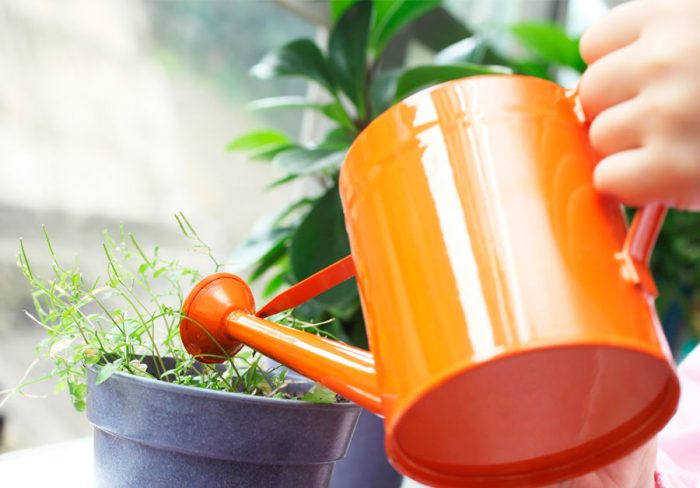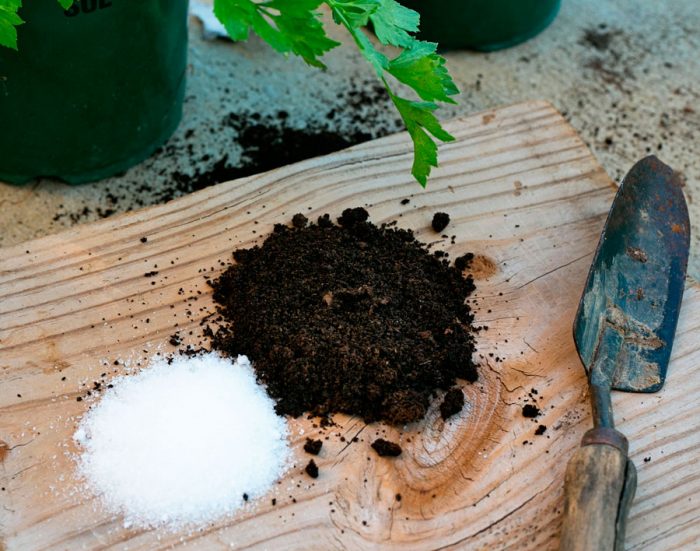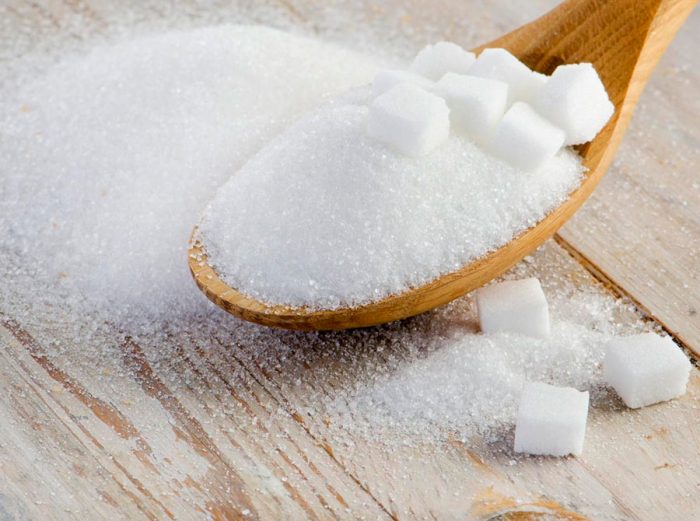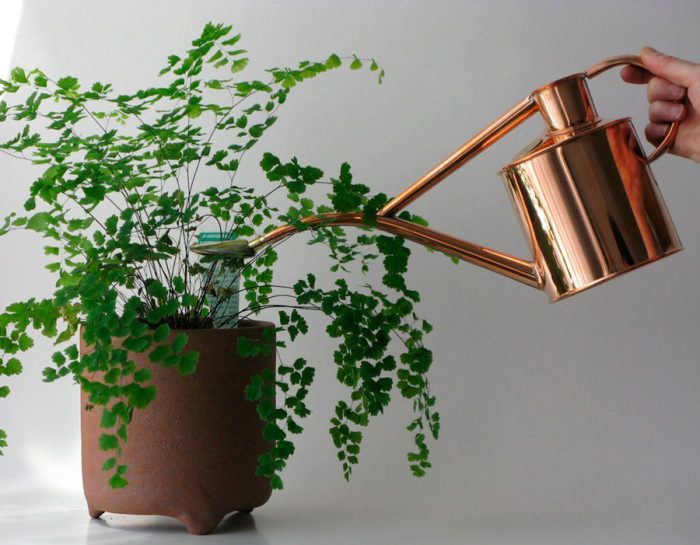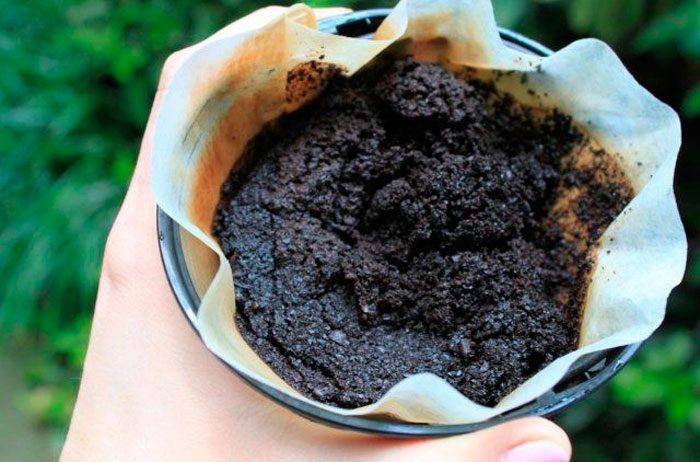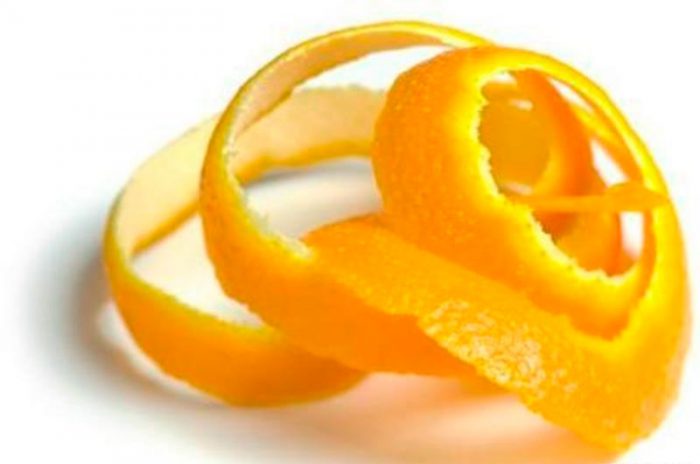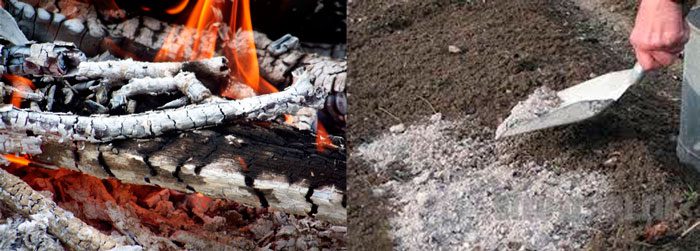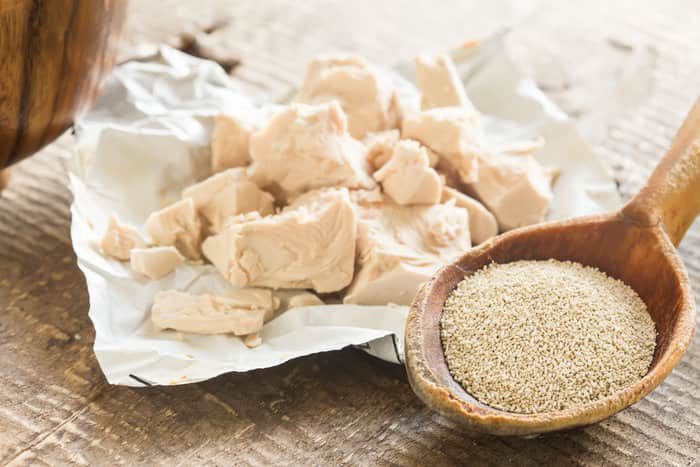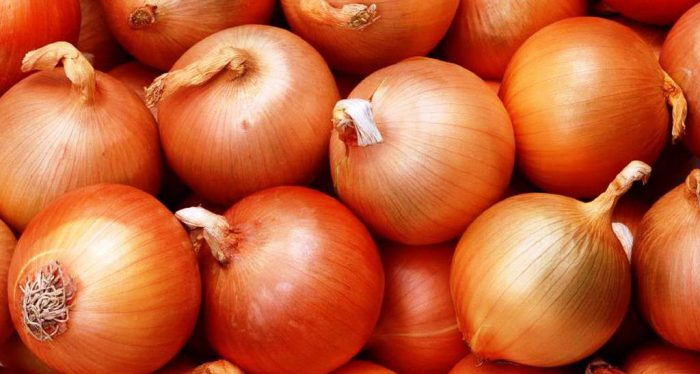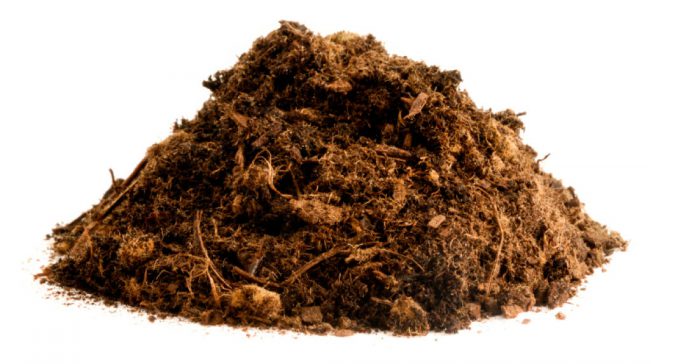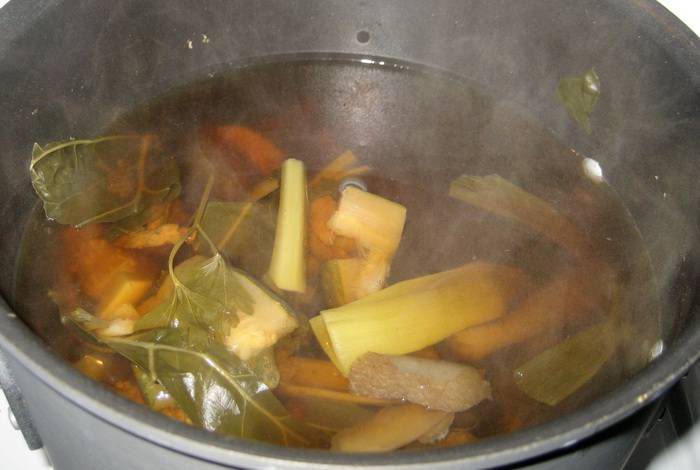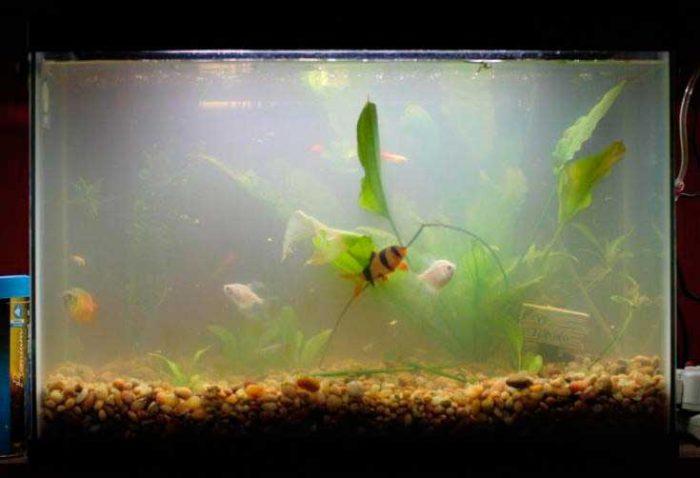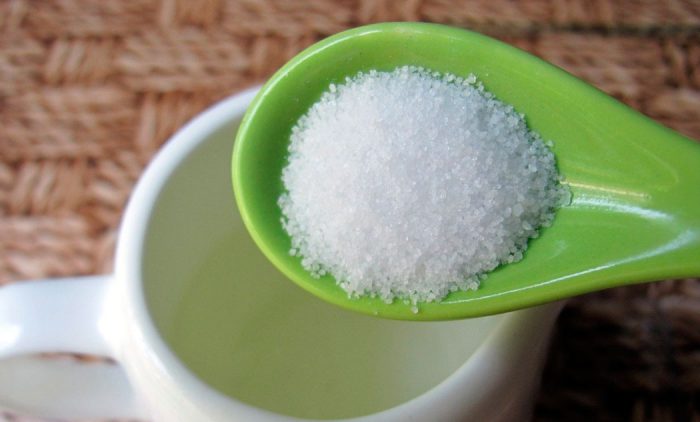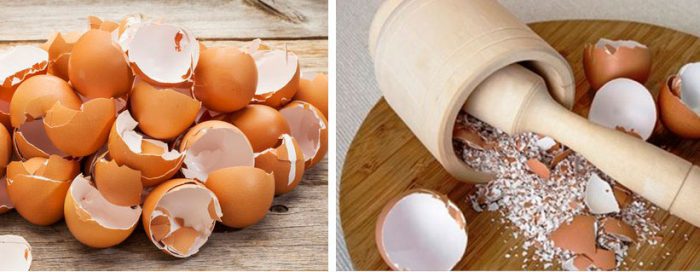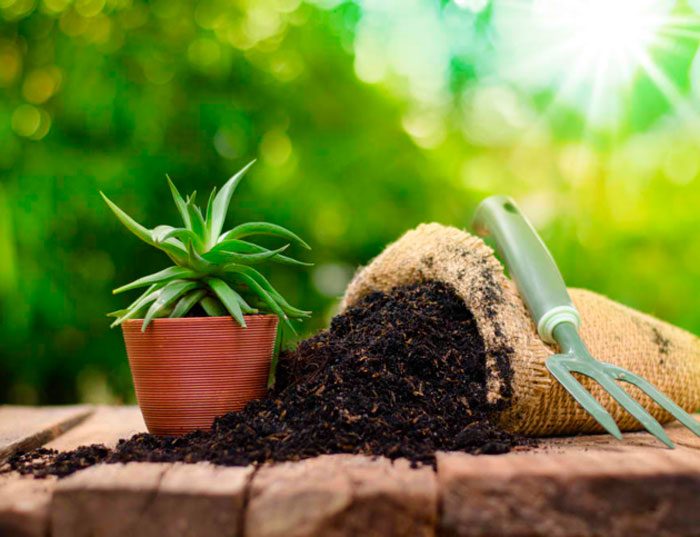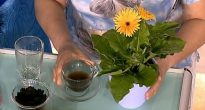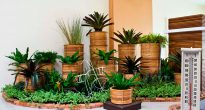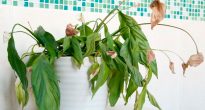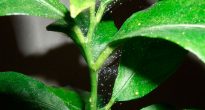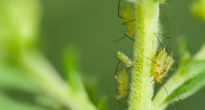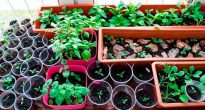Flowers cause admiration, probably, in every person, and therefore they are grown not only in the garden or in the summer cottage, but also at home. After all, what could be more amazing and delightful than when a blizzard howls outside the window, and lovely flowers are blooming in the house at the same time.
This article will focus on natural fertilizers, because if you do not feed the flowers with them, then it is unlikely that you will be able to grow beautiful lushly flowering plants. The fact is that in a summer cottage, as a rule, flowers are systematically fertilized, and those that grow on the windowsill are often bypassed by flower growers.
Content
- 1 What time do you need to feed
- 2 Fertilizer 1. Granulated sugar
- 3 Fertilizer 2. Sleep coffee
- 4 Fertilizer 3. Citrus and other fruits
- 5 Fertilizer 4. Ash
- 6 Fertilizer 5. Yeast
- 7 Fertilizer 6. Onions
- 8 Fertilizer 7. Humus
- 9 Fertilizer 8. Vegetable decoctions
- 10 Fertilizer 9. Aquarium water
- 11 Fertilizer 10. Succinic acid
- 12 A few more fertilizers
- 13 Simple rules
What time do you need to feed
Top dressing of indoor flowers should be done quite often, because the plant has significant restrictions in the area of nutrition. Despite the fact that the flower is planted in a large enough pot, it will still lack many minerals. The point is that over time potted soil is depleting and the plant needs to be regularly fed with various fertilizers.
This problem can be partially solved by a transplant. However, fresh soil will deplete quickly enough. Most inexperienced growers believe that if you transplant a plant, then it will be provided with all the nutrients for at least six months or even a year. But this is far from the case. Typically later 8 weeks the soil is almost completely depleted and feeding the plant is simply necessary, especially if it begins a phase of active growth or a period of flowering. Only during the dormant period should absolutely no fertilizer be applied to the soil.
The main signs that the indoor flower should be fed as soon as possible:
- growth has slowed down greatly;
- the leaves have lost their former intense color, have become quite small and drooping;
- elongated and very fragile shoots;
- lack of flowering;
- foliage begins to turn yellow and fall off, or various spots and other signs of the disease are formed on it, and, as a rule, the protective abilities of the plant decrease.
However, it will be better if it doesn't come to that. Therefore, it is simply necessary to feed the flowers.But what are natural fertilizers and how should they be applied?
Fertilizer 1. Granulated sugar
A fertilizer such as sugar is widely used by flower growers to feed plants. No one remembers who first thought of feeding the flowers with granulated sugar, but this is the most common and affordable option for almost everyone who has indoor flowers.
What are the benefits for the plant
The fact is that granulated sugar breaks down into glucose and fructose. The latter substance is useless for plants, but they really need glucose. The fact is that it is a source of energy that is consumed by the plant during respiration, during the absorption of mineral and other useful substances, and so on. And also glucose promotes the rapid growth of flowers, as it is directly involved in the formation of complex organic molecules.
But when feeding plants with sugar, it should be borne in mind that glucose promotes plant growth only if it is well absorbed, and this simply requires carbon dioxide. In the case when this gas is less than needed, then the granulated sugar that has fallen into the ground does not bring much benefit to the plant, but it creates an excellent breeding ground for the development of various rot and moldy fungi. To avoid this by feeding plants with this substance, any of the EM preparations should be used (for example, Baikal EM-1). As a result of such co-fertilization, glucose is very well absorbed by the plant.
How is feeding done
To prepare this kind of feeding, you will need to take 500 grams of clean water and pour a full large spoonful of granulated sugar into it. Stir everything well. It can be done much easier. Just sprinkle the soil in a flower pot with dry sugar and then water the plant.
Feeding frequency
For feeding, the resulting solution should be used only once every 4 weeks.
Glucose feeding
Feeding with glucose is even more effective than granulated sugar. You can buy these tablets at any pharmacy. Only 1 tablet is added per liter of water. After its complete dissolution, the plant is watered with this water or sprayed. By the way, this type of feeding should also be carried out no more than 1 time in 4 weeks.
Fertilizer 2. Sleep coffee
Drinking coffee is also very often used to feed not only indoor flowers, but also those that grow on the street. Preparing this fertilizer is as easy as shelling pears. You just need to brew natural coffee, and after the liquid is drunk, do not throw away the thick, but mix it with the soil in the pot. The result of such actions will be that the soil will be lighter and more loose. And there will also be an increase in the acidity of the substrate and an increase in the amount of oxygen.
What colors are suitable for "coffee" dressing
Before using this type of fertilizer for feeding any flower, you should find out how it relates to the increased acidity of the earth, because this is contraindicated for some plants. Some of the street flowers that respond excellently to sleeping coffee include: gladioli, roses, most evergreens, azaleas, lilies and rhododendrons.
"Tea" dressing
As a fertilizer for indoor flowers, not only natural coffee is used, but also ordinary tea leaves. However, it should be used with extreme caution, since the soil mixed with the tea leaves can provoke the appearance of black flies (sciaris). If you still decide to fertilize the plants in this way, then the tea leaves will need to be carefully mixed with the top layer of the substrate, which will make it looser.
Fertilizer 3. Citrus and other fruits
As a fertilizer, many growers use citrus peels such as orange or tangerine, and banana peels are also suitable. But before you start feeding, you should prepare the fertilizer.
First you need to finely chop the citrus zest and put everything in a 1 liter glass jar. It should be 1/3 full. Then freshly boiled water is poured into the container. Let the mixture sit for 24 hours. After that, strain it and bring the volume of liquid to 1 liter, pouring boiled water. Fertilizer is ready, you can start feeding.
Making fertilizer from banana peels is almost the same. Only the can should be filled ½ part, not a third. Also, the contents are poured with boiling water, infused for a day, filtered and the required amount of water is added to the container.
Banana peels can also be added directly to the soil when transplanting. To do this, it must first be dried and grinded or thoroughly crushed. After some time, it will begin to rot and release micronutrients that contribute to the rapid growth of the green mass of the plant.
You can also make a nutritious mix of citrus peels and bananas. All you have to do is into a 3L glass jar. add finely chopped peels of citrus and bananas in a 1: 1 ratio. The jar must be one third full. Pour a couple of small spoons of granulated sugar there and pour in water, which should be warm. Then the container is covered and removed to a warm, dark place, where the fertilizer will infuse for 21 days (from time to time, the contents must be shaken). After the allotted time, a cloudy liquid of light yellow hue should form in the jar. It can be stored in the refrigerator for a very long time. For feeding, the resulting liquid is diluted with clean water in a ratio of 1:20. The plant is fed with this fertilizer only once every 4 weeks.
Fertilizer 4. Ash
Most novice flower growers do not regard ash as a complete fertilizer and this is not correct. The fact is that it contains such substances necessary for the plant as: phosphorus, potassium, calcium, zinc, magnesium, iron and sulfur. Moreover, it is worth noting that the first two trace elements have an easily accessible form for flowers, and therefore ash is simply an excellent fertilizer for plants.
Features of feeding with ash
It is quite simple to feed the flowers with ash, for this it must be mixed with the soil during transplanting the plant. Thus, the earth is not only enriched with nutrients, but also disinfected. Therefore, if the root system is damaged during transplantation, then it will definitely not start to rot.
Ash is also used as a liquid top dressing. For this 1 liter. water is mixed with a full large spoonful of ash.
Fertilizer 5. Yeast
Yeast can be used to make an excellent growth promoting fertilizer. And this is due to the fact that this substance contains auxins, B vitamins, phytohormones, and so on, which significantly accelerate the growth of flowers. And the hormones cytokinins involved in the regulation of cell division and differentiation also have a beneficial effect on flowers.
This home-made fertilizer also differs from many others in that it has received the attention of scientists. Studies have shown that yeast increases the activity of microorganisms in the ground, improves the release of carbon dioxide, and organic mineralization occurs much faster. In this regard, this type of fertilizer is equated to a complete mineral fertilizer.
Preparing yeast nutrient solution
To make a yeast nutrient solution, you will need pressed yeast (10 grams), granulated sugar (1 tablespoon), and warm water (1 liter). Compressed yeast can be replaced with dry granulated yeast. Then you should take dry yeast (10 grams), granulated sugar (3 tablespoons) and water (10 liters). In both cases, the resulting solution should be allowed to infuse for 2 hours. After that, a little solution is added to the water and the plant is watered with it (approximate proportion 5: 1).
Fertilizer 6. Onions
Onions are also widely used for the preparation of fertilizers.For this, its husk is used, which contains a huge amount of useful microelements that are so necessary for all plants, without exception. The husk is used to prepare an “onion cocktail”.
Making an onion cocktail
It is very simple to prepare such a fertilizer, but it should be borne in mind that in no case should it be stored. So, you will need onion husks (50 grams) and hot water (2 liters). Stir these ingredients together in a saucepan and let the mixture boil. After the liquid has boiled for 10 minutes, it should be removed from the heat and allowed to stand for at least 3 hours. The flowers should be sprayed with the filtered cooled broth.
Fertilizer 7. Humus
A fertilizer such as humus is suitable for feeding not only indoor plants, but also those that grow in the garden or vegetable garden. That is why most flower growers believe that the use of humus is the best way to feed plants, since it has a lot of advantages, including nutritional value and ease of accessibility.
However, it should be borne in mind that humus can be of various types and although they have much in common, most plants prefer only some particular fertilizer. For example, ficus, citrus fruits, monstera, palm, and dieffenbachia needs feeding with humus from bird droppings. If you feed them with mullein, then there will not be much benefit from this. The thing is that fertilizer on poultry manure is very nutritious and therefore it should be applied carefully enough. As a rule, only rapidly growing, large species are fertilized with such humus.
Fertilizer should be prepared before proceeding to direct feeding. You will need water (3 L) and bird droppings (10 g). Everything is mixed until the cloudy liquid turns greenish. Before adding fertilizer to flower pots, a small amount of clean water should be poured into it.
The rest of the houseplants are best fed with humus obtained from the leaves. It is mixed with earth when transplanting. It enriches the earth with many micronutrients and also makes its structure much better.
If you have humus based on cow, pig, etc. manure, then for this you need to mix it with water. 10 liters. water is taken 100 gr. humus.
Humus has a rather specific odor that can persist for several hours. When feeding them indoor flowers, you need to be ready for this. However, if humus is made using an accelerated technology, then it will not have an unpleasant odor. As a rule, it contains no pathogens and no weed seeds. But for the preparation of liquid fertilizer, it will not work, it can only be mixed with the ground during transplantation of the flower.


Watch this video on YouTube
Fertilizer 8. Vegetable decoctions
Some growers believe that a vegetable broth without the addition of salt is an excellent fertilizer for indoor plants that can enrich the soil with nutrients. However, there are many people who disagree with this method of feeding.
Fertilizer 9. Aquarium water
Fertilizers purchased in stores can replace plain water from the aquarium. The fact is that it contains a fairly large amount of substances that have the ability to perfectly stimulate plant growth. Also, this water is quite soft and has a neutral pH. However, she can water the plants only in the spring and summer, when they grow quite actively. The rest of the time, it is better not to use such fertilizer for feeding.
But this does not mean at all that it is necessary to constantly water the plants with such water. It will be enough only once every 4 weeks. Otherwise, numerous small algae, once in the earthy substrate, will begin to multiply rapidly. As a result, the soil will acidify and turn green.
Fertilizer 10. Succinic acid
When natural amber is processed, succinic acid is obtained. It is considered incredibly useful and has found applications in various fields. Florists use this acid to fertilize indoor flowers.
Outwardly and in taste, this substance has some similarities with citric acid, but there are still differences. To feed the plants, you need to make a nutrient solution. It can be prepared quite quickly and easily. To do this, you need to take clean water (5 liters) and pour succinic acid (1 g) into it. Then the liquid is thoroughly mixed and it can be used as directed. In order to feed the plant, you need to water it or spray it with the resulting fertilizer. Most of all, feeding with this acid is suitable for plants such as: aglaonema, chlorophytum, Haworthia, fat woman, begonia, citrus fruits, ficuses, and prickly pears.
However, such fertilizer should be used extremely rarely for indoor plants, or rather, only once every 12 months. If you feed them with succinic acid more often, then you risk, on the contrary, worsen their condition.
A few more fertilizers
In addition to the above fertilizers used to feed indoor flowers, there are others. They are used by flower growers much less often.
- It is believed that water which was used for washing a variety of cerealssuch as buckwheat, rice, millet and so on are very useful for plants. The fact is that it contains a fairly large number of trace elements such as silicon, magnesium, iron, phosphorus.
- Tooth powder or toothpaste it is also often used for feeding. So, you can make a mix very quickly from tooth powder. To do this, you need to combine wood ash (3 tbsp. L.), Dental powder (3 tbsp. L.) And copper sulfate (1 tbsp. L.). These substances should be dissolved in 1 liter of pure water and you can immediately start feeding the flowers (no need to insist). You can also make fertilizer from toothpaste quite quickly. So, for 1 liter of water, you will need 1/3 of a tube of paste. Everything is mixed well and the fertilizer is ready. It perfectly nourishes the roots and restores their healthy appearance.
- Another excellent fertilizer is water left after washing fish or meat... However, before watering the plant with such water, it must be filtered.
- Egg shell, according to a fairly large number of flower growers, is also very useful for plants. The fact is that it contains a huge amount of calcium. It is crushed and added to the soil during transplantation, or put in water for a while, and then the plants are watered with the resulting liquid. However, there are several buts. The fact is that plants absorb calcium poorly enough, and not everyone needs it. If there is too much of this microelement in the soil, then the flowers may develop chlorosis. Therefore, whether or not such fertilizer is applied is up to you.
Simple rules
In order to feed home flowers correctly and only benefit them, you should remember a few very important rules. Namely:
- after transplanting, the plant does not need feeding for 8 weeks, the fact is that the fresh soil contains a fairly large amount of nutrients, but if you still regularly apply fertilizers, this can greatly harm the flower;
- before moving on to direct fertilization, the soil must be watered with clean water, this will help to avoid the negative consequences of using a high concentration fertilizer;
- if the flower is sick or too weak, then fertilizers of a sufficiently low concentration must be used to feed it;
- as a rule, plants need feeding only in spring and summer, and the rest of the time, fertilizers should not be applied to the soil.
Try not to overdo it with fertilizing, because an excess of nutrients can have an extremely negative effect on the plant, up to its death. Therefore, plants must be fed correctly and as balanced as possible.


Watch this video on YouTube

